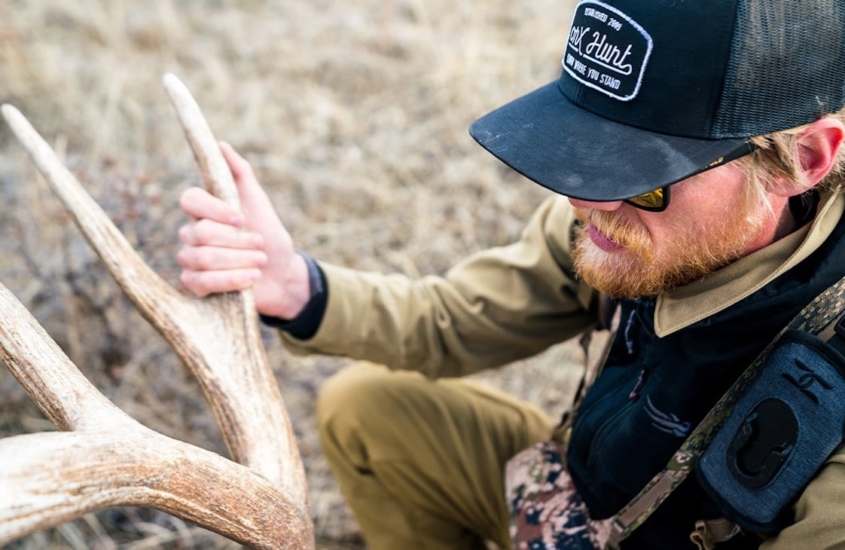By Amanda Godin:
Introduction to Fireweed
Fireweed. An unforgettable, tall and majestic plant. Admired for its magenta colored blooms that cascade across hills, meadows, roadsides and forest edges. As a resilient plant that thrives in poor soil conditions, fireweed is often a symbol of new life. Woodlands that have been devastated by forest fire experience a rebirth beginning with this magnificent plant, which is how it got its name. Fireweed roots are an intricate web that not only allow for successful propagation, but also work to stabilize and improve soil conditions allowing for regrowth of plants and trees. It plays an important role in the ecological hierarchy and revegetation in the boreal forest.
Habitat and Growth
Fireweed grows in colonies residing throughout the temperate northern hemisphere including some areas in the boreal forests. It is prevalent here in Alaska, Yukon and parts of California. The plant grows tall, with robust green leaves that are long and narrow. Growing up to 8 feet tall, its tip displays vibrant magenta colored blooms, with occasional white or purple hue variations. It blossoms from bottom to top, and for locals, predicts the coming of fall and winter once the flowers have exhausted. When fireweed has completed its blooming cycle, long reddish colored seed pods of white fluff burst open, releasing up to 80,000 seeds per plant.
I cherish this plant for many reasons. It provides food, medicine and twine. I turn to it many times throughout the year. It has a high nutritional value, can be made into tea, eaten raw or cooked, and made into jelly, topical creams or balms.
Spring Fireweed Shoots
One of my all-time favorite things about fireweed is eating the tender spring shoots that erupt from the soil after a long, cold, dark winter bringing with it the first signs of spring. The days start to become longer, and the mid-day sunshine feels a little bit warmer. The sound of birds and life return to the last frontier. Spring fireweed shoots are tender and reddish in color. The best time to pick them is when they are about six inches tall, they should snap off easy at the bottom of the stem. The stem is the tastiest part, so you want to make sure you get all of it. As the plant grows taller it becomes more bitter in taste and chewy in texture. These young fireweed shoots have a delightful asparagus flavor that can be eaten raw, sautéed or simmered in soups and stews. They make an excellent side dish or meal on its own. Fireweed is nutrient-rich in vitamins A and C.
Recipe: Sautéed Fireweed Shoots
If you have access to early spring fireweed shoots, I have an easy and healthy recipe for you. You can identify the early fireweed shoots by looking for slender reddish colored stalks roughly six inches tall with pointy long leaves. Fireweed grows in colonies so you will be able to easily spot a patch of new shoots. You will see patches of them popping up like spring crocuses. Since they can be eaten raw I like to graze on them as I harvest. I will sometimes pick the bigger leaves off and eat the tender stalks. Once you have gathered your desired amount, take some cooking oil, pinch of salt and pepper and sauté on medium-low heat. These young shoots truly are a treat, so you don’t have to do much to season them. Once you have reached desired tenderness serve immediately, I like to pair it with my catch of the day. Remember when gathering to have fun with it. Most of the enjoyment comes with being outside and connecting with nature while gathering wild food.
Fireweed: A Symbol of Resilience
Fireweed quickly became one of my favorite wild plants here in Alaska. There have been many times I have sat next to a healthy vibrant colony of fireweed and felt its strength. It is tremendously resilient. I have never seen a patch of fireweed struggle. It is always standing tall with healthy green foliage and magenta blooms catching the sun. If given the opportunity I encourage you to take a few moments and sit with a patch of fireweed. Listen to nature and watch the bees pollinate the blooms as it is one of the best honey plant sources in the boreal forest.
Medicinal Uses and Oil Infusion
They are not only pleasing to the eye and delicious, but they also carry several chemical compounds with anti-inflammatory and antibacterial properties. I wanted to make a topical ointment using the plant’s medicine to have at my convenience. I have young children that are always outside playing and getting roughed up. The best way I’ve found to do this is to harvest the plant and make an oil infusion. Once you have your infusion you will have the ability to make many wonderful salves, ointments or herbal massage oils. Below I have a step-by-step guide on how to make fireweed salve. The fun part to me is always identifying and gathering. It allows you to be in the moment and connected to nature.
How to Make Fireweed Oil Infusion
Harvest your fireweed (entire plant) at peak of season. Hang the stalks upside down to dry. Once dry, pull leaves and blooms off, this is referred to as “garbling.” Pick a carrier oil of your choice. I like to use organic olive oil for topical use because it is rich in vitamins and minerals, has a long shelf life, absorbs quickly and soothes dry skin. It also carries great wound healing properties. Use a mason jar to put ½ cup dried plant to 2 cups oil. Once your oil is poured, tighten the lid then make sure to label as fireweed, type of oil and date bottled. Store the product in a dark cupboard at room temperature. Let sit for 2 to 4 weeks. I personally do 6 weeks to allow for a rich infusion.
Once your infusion is ready you can begin your process in making your fireweed healing salve.
Fireweed Salve
Ingredients (prepare to have five 2 ounce jars):
- 1 cup oil infusion
- 2 tablespoons beeswax
- ¼ teaspoon vitamin E oil (or two capsules)
- 15 drops therapeutic grade essential oil (optional, but will help to increase shelf life).
Equipment:
- Double boiler or makeshift double boiler using a pot and glass bowl that will fit on top of pot.
- Stainless steel spoon
- Five 2 ounce jars
- Measuring cup with pour spout. I like to use a glass Pyrex measuring cup.
Once you have your ingredients together, follow these simple steps to make your fireweed salve.
- Prepare your double boiler. Fill pot about a quarter full of water and bring to a boil. Reduce heat to a simmer add glass bowl. Bottom of bowl should not reach water.
- Melt beeswax in glass bowl. Once melted, slowly add oil infusion, stirring with a stainless steel spoon.
- Once oil infusion and beeswax are melted together add vitamin E and essential oils.
- Pour into measuring cup with pour spout.
- Pour mixture into clean, sterilized jars or tins.
- Let it set until at room temperature and solid form. This usually takes about 45 minutes. You do not want to put lid on prematurely as this could cause condensation and mold to develop.
- Cap and label salve.
There you have it, an easy to make fireweed salve ready for topical use. I like to keep one in every room; they also make wonderful gifts.













